Cervical spine surgery represents a beacon of hope for individuals grappling with debilitating conditions of the neck’s spinal region. This…


Cervical spine surgery represents a beacon of hope for individuals grappling with debilitating conditions of the neck’s spinal region. This…
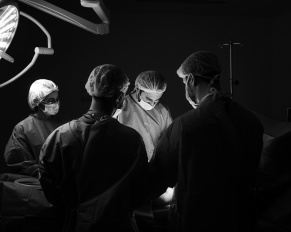
In the vast and intricate tapestry of the human anatomy, the spine stands out as one of the most critical…
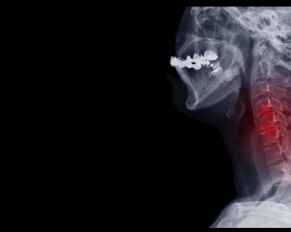
Cervical spine deformities, a group of conditions that distort the normal curvature of the neck, have been a subject of…
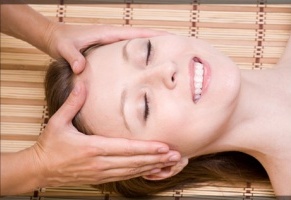
Craniosacral massage emerges as a gentle yet powerful form of therapy, focusing on the subtle rhythms and structures within the…

Swedish massage, with its roots deeply embedded in the healing traditions of the 18th century, has evolved into a cornerstone…
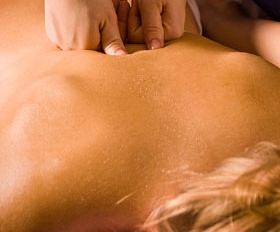
Deep tissue massage stands out as a specialized therapeutic practice designed to reach the deeper layers of muscle and connective…

In today’s increasingly sedentary lifestyle, back health has become a concern for many, spanning from young adults to those in…

The intersection of sports and health brings to light the critical issue of back injuries, a prevalent concern for athletes…
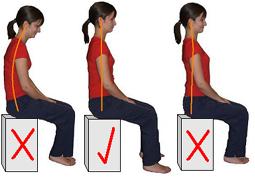
The modern lifestyle, characterized by prolonged periods of sitting and increased screen time, has brought the issue of poor posture…
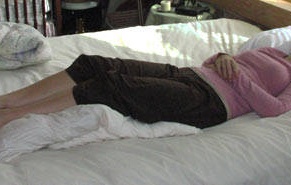
Spinal stenosis emerges as a critical condition within the realm of spinal health, characterized by the narrowing of the spinal…